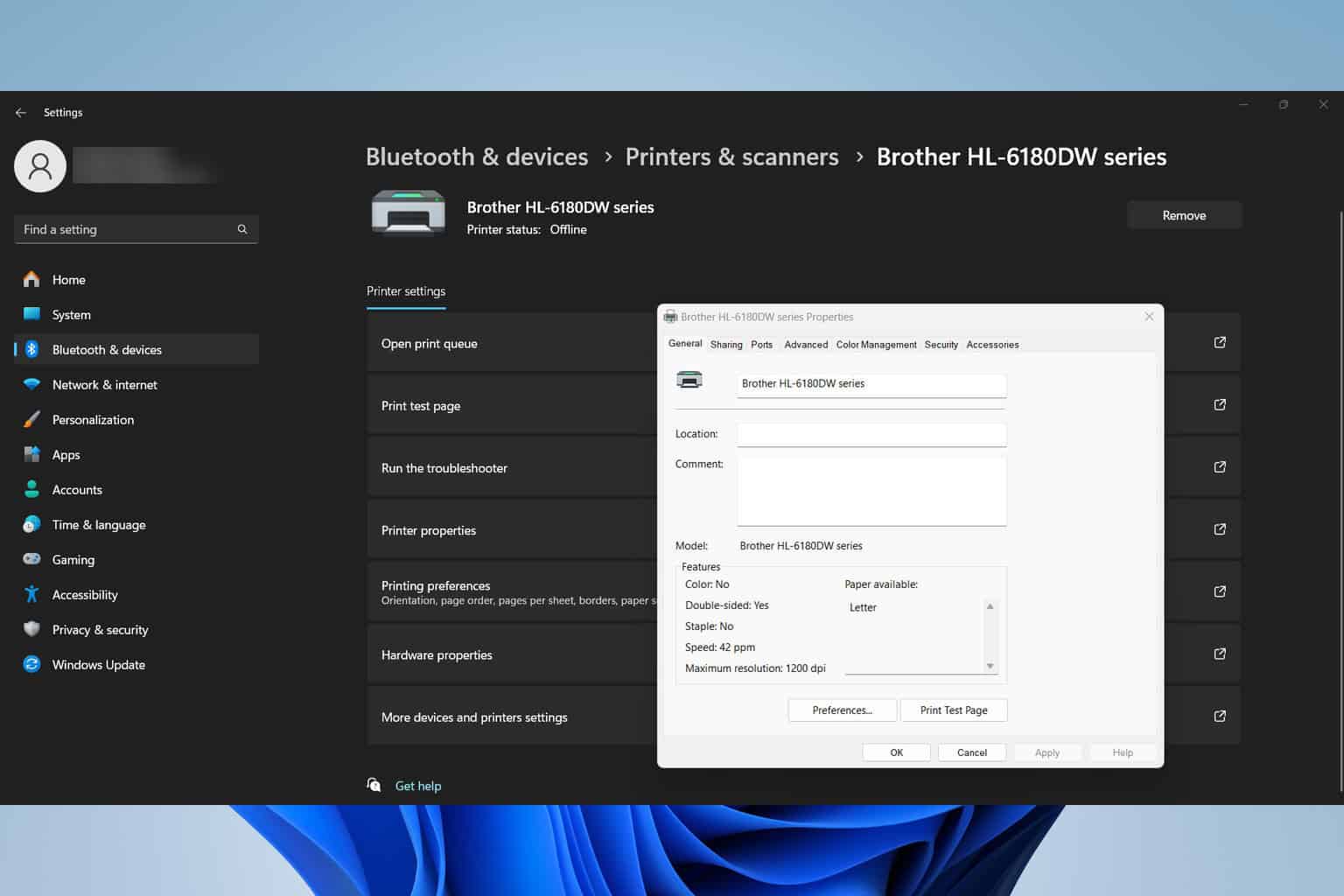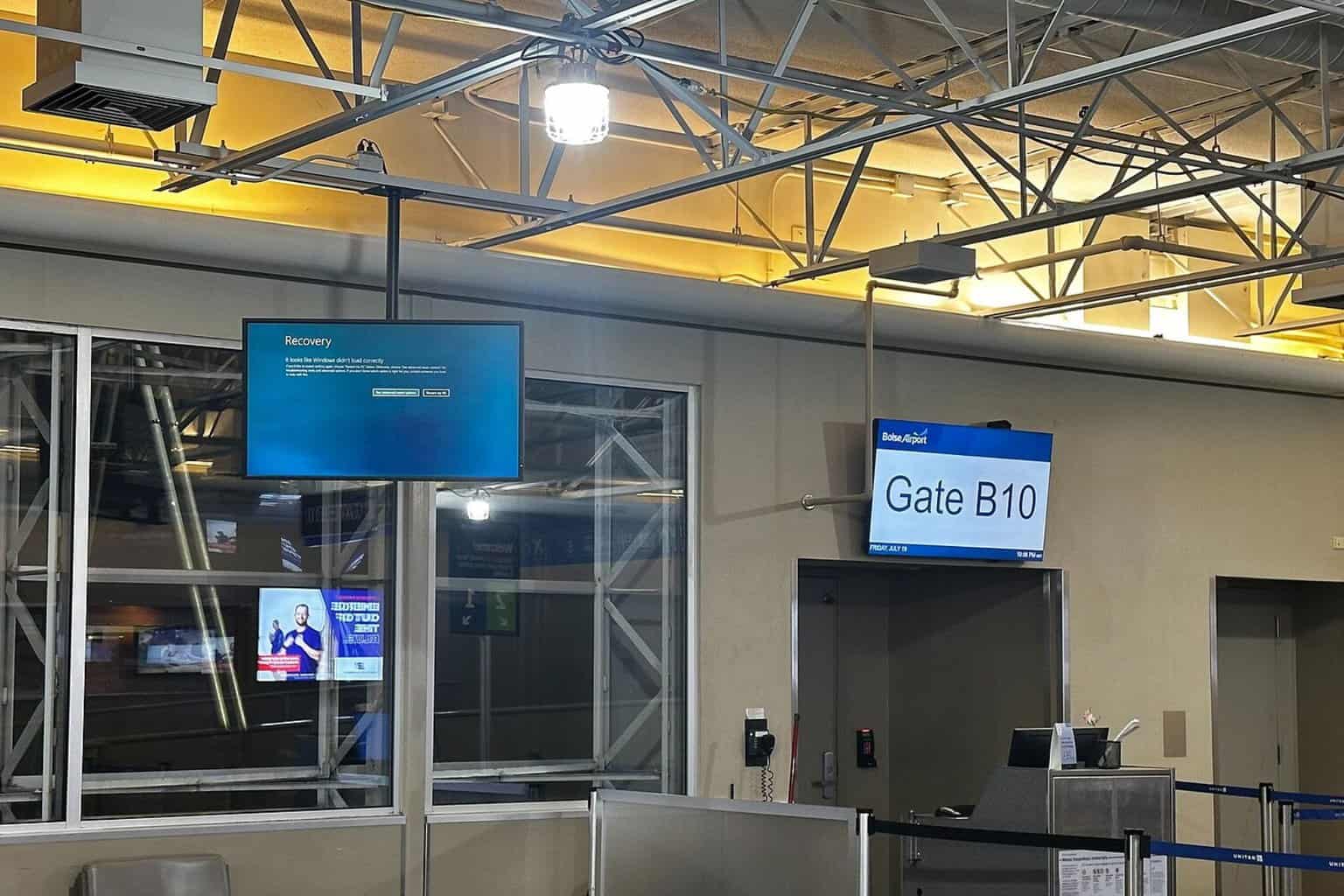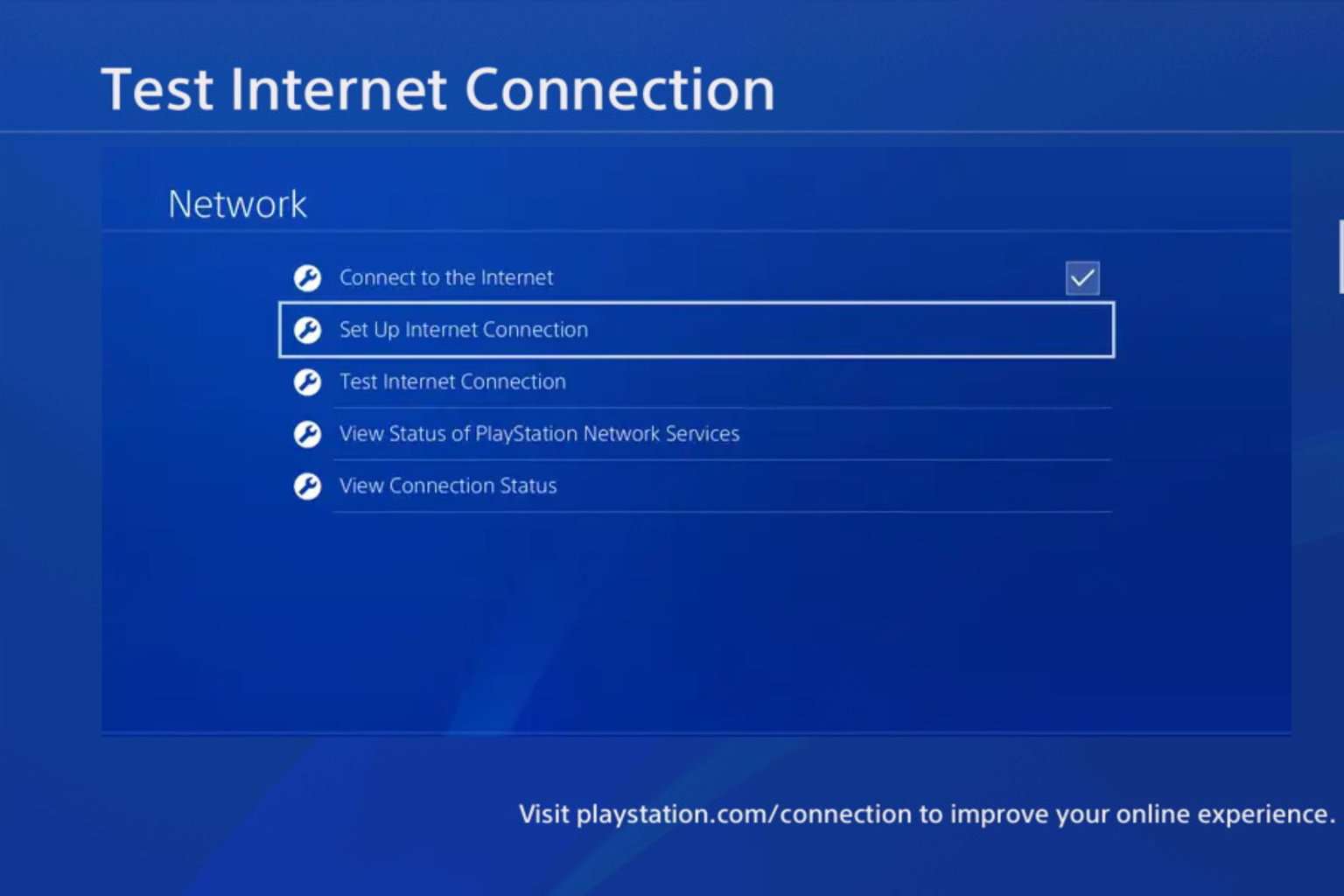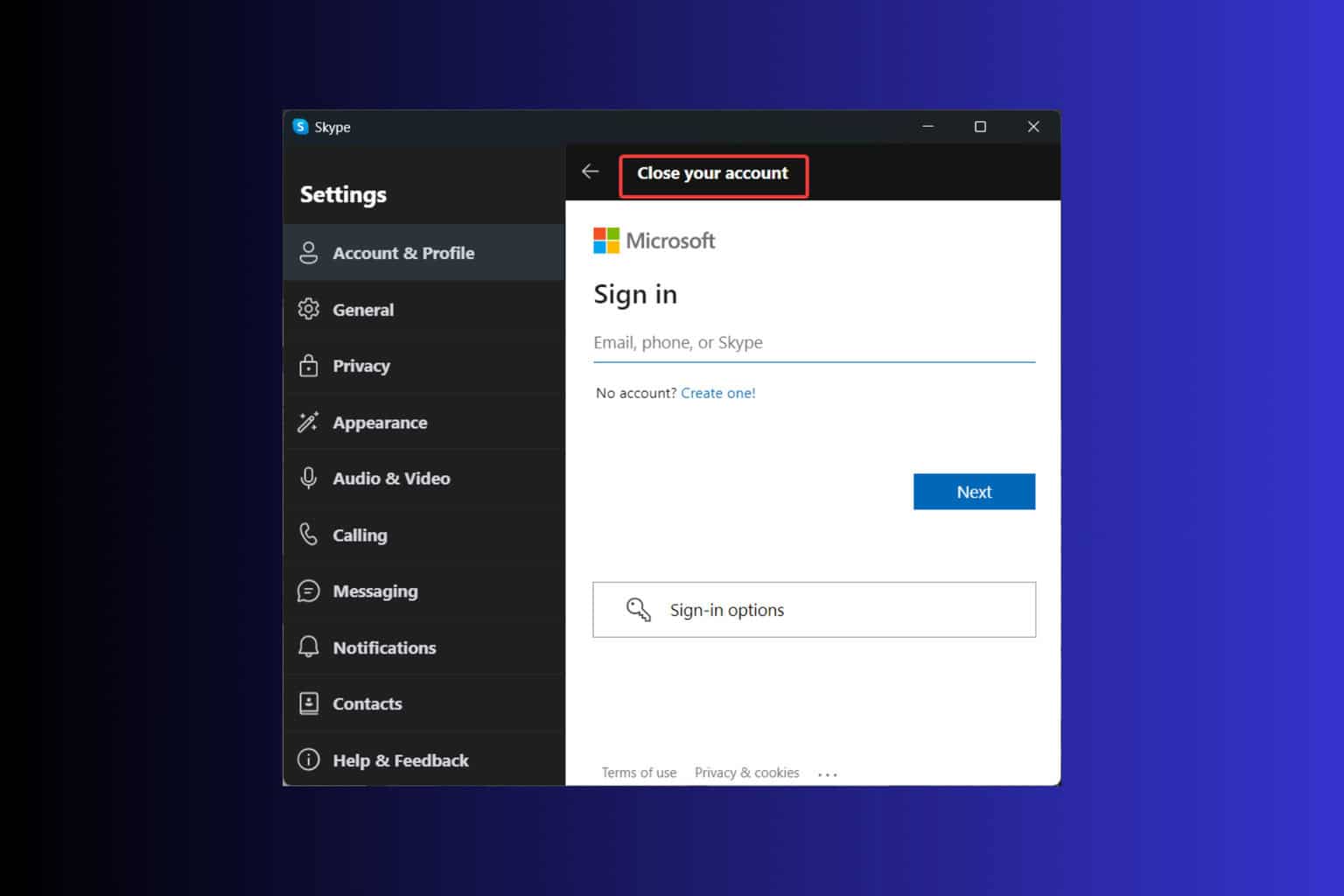Google Chrome changes affect JavaScript popup management drastically
3 min. read
Updated on
Read our disclosure page to find out how can you help Windows Report sustain the editorial team Read more

Google has implemented a new change that should grasp the attention of developers. The company made modifications which changed the way their browser, Google Chrome, handles JavaScript popup scenarios. Unlike previously, Chrome will now restrict JavaScript popups and thus alter the way they are treated and responded to naturally by the platform.
JavaScript popups are being used in different ways
The change impacts multiple dialog types referring to JavaScripts. The Chrome Canary based modification makes alert(), confirm() and prompt() dialogs be treated differently when they show up on a web page. Different web pages might attempt to incorporate these dialogs more or less in the Chrome browser, so Google’s modification will see to it that users won’t have to deal as much with them.
The situation before this implementation was quite different. Previously, Chrome users would have to endure seeing Chrome take care of them for every browser window, giving the browser a lot of extra work to do. This was the case not only with the public, tested build version of Chrome, but also with the Beta version of the software.
These popups have dangerous potential
This was a huge nuisance and also a potential security risk. The way it worked more specifically, is that popups would appear on screen blocking the browser at the same time. This made the browser impossible to interact to until the popup was gone. And the only way to make the popup go away was by interacting with it. This made website owners guarantee for themselves that users would have no choice but to interact with the popups.
There are multiple applications that were discovered and that people now know of. One of them is quite harmless, although annoying, as people would use the popups to prank websites to put website users on a continuous loop which never ended and the second one if intended for malicious purposes.
It is easy to use this popup to inflict considerable harm to systems by completely restricting all access users have to their browser until the popup is interacted with. By deploying different methods of corrupting the system, attackers can use the popups to secure help from the other side.
RELATED STORIES TO CHECK OUT:








